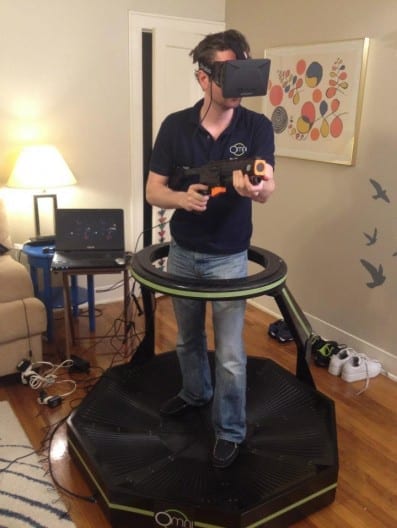The trio of “PhoneSats” is operating in orbit, and may prove to be the lowest-cost satellites ever flown in space.
Three smartphones destined to become low-cost satellites rode to space Sunday aboard the maiden flight of Orbital Science Corp.’s Antares rocket from NASA’s Wallops Island Flight Facility in Virginia.
The trio of “PhoneSats” is operating in orbit, and may prove to be the lowest-cost satellites ever flown in space. The goal of NASA’s PhoneSat mission is to determine whether a consumer-grade smartphone can be used as the main flight avionics of a capable, yet very inexpensive, satellite.
Transmissions from all three PhoneSats have been received at multiple ground stations on Earth, indicating they are operating normally. The PhoneSat team at the Ames Research Center in Moffett Field, Calif., will continue to monitor the satellites in the coming days. The satellites are expected to remain in orbit for as long as two weeks.
“It’s always great to see a space technology mission make it to orbit — the high frontier is the ultimate testing ground for new and innovative space technologies of the future,” said Michael Gazarik, NASA’s associate administrator for space technology in Washington.
“Smartphones offer a wealth of potential capabilities for flying small, low-cost, powerful satellites for atmospheric or Earth science, communications, or other space-born applications. They also may open space to a whole new generation of commercial, academic and citizen-space users.”
Satellites consisting mainly of the smartphones will send information about their health via radio back to Earth in an effort to demonstrate they can work as satellites in space. The spacecraft also will attempt to take pictures of Earth using their cameras. Amateur radio operators around the world can participate in the mission by monitoring transmissions and retrieving image data from the three satellites. Large images will be transmitted in small chunks and will be reconstructed through a distributed ground station network. More information can found at:
NASA’s off-the-shelf PhoneSats already have many of the systems needed for a satellite, including fast processors, versatile operating systems, multiple miniature sensors, high-resolution cameras, GPS receivers and several radios.
NASA engineers kept the total cost of the components for the three prototype satellites in the PhoneSat project between $3,500 and $7,000 by using primarily commercial hardware and keeping the design and mission objectives to a minimum. The hardware for this mission is the Google-HTC Nexus One smartphone running the Android operating system.
NASA added items a satellite needs that the smartphones do not have — a larger, external lithium-ion battery bank and a more powerful radio for messages it sends from space. The smartphone’s ability to send and receive calls and text messages has been disabled.
Each smartphone is housed in a standard cubesat structure, measuring about 4 inches square. The smartphone acts as the satellite’s onboard computer. Its sensors are used for attitude determination and its camera for Earth observation.
via NASA
The Latest Streaming News: Smartphone Satellites updated minute-by-minute
Bookmark this page and come back often
Latest NEWS
Latest VIDEO










